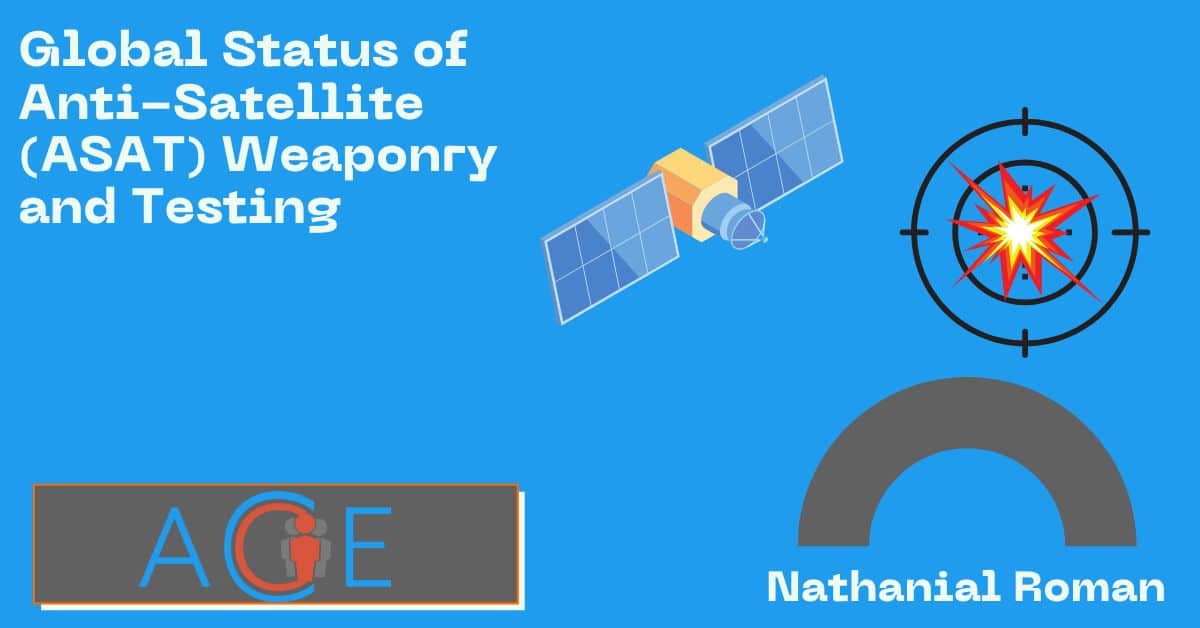In its commitment to addressing climate change, the United States is focusing on transforming its existing energy systems to minimize carbon emissions and enhance the adoption of green energy. The Inflation Reduction Act (IRA), which was signed into law by President Biden in August 2022, lays out a comprehensive strategy to achieve this transformation. This legislation impacts various sectors including energy, transportation, infrastructure, and construction.
The IRA’s primary objective is to assist the U.S. in meeting its ambitious emission target, which is to reduce greenhouse gas (GHG) emissions to 50% below the levels of 2005 by the year 2030. This target aligns with the commitments made under the Paris Climate Accord. To realize these goals, the Act introduces a range of measures such as tax incentives and credits for electric vehicles (EVs), alongside other federal incentives designed for both individuals and businesses. These measures are geared towards encouraging the adoption of cleaner energy sources and promoting environmentally sustainable practices across different sectors.
Arguments in Favor
Supporters of the Inflation Reduction Act (IRA) emphasize the pressing need to address climate change and the extensive efforts required to meet the U.S.’s emission targets. They argue that the climate provisions in the IRA will significantly reduce emissions, estimating a decrease to around 40% of 2005 levels by 2030. This projection marks a substantial improvement compared to the current forecast of a 26% reduction from 2005 levels and moves closer to the government’s goal of a 50% reduction.
The bill has garnered support particularly from the industrial and construction sectors, whose businesses stand to benefit from the IRA’s incentives. These sectors are keen to capitalize on the opportunities presented by the IRA, alongside the advantages brought about by the recently passed Infrastructure and Investment in Jobs Act (IIJA). An article focusing on the housing industry highlighted that these two laws could collectively reduce emissions from the buildings sector by 33–100 million metric tons, viewing the IRA’s enactment as a significant opportunity for the industry.
The IRA also offers benefits for individuals, especially through the creation of electric vehicle (EV) tax credits. The Electrification Coalition has lauded the IRA as the most consequential legislation for boosting transportation electrification in U.S. history, calling it a major victory for both consumers and businesses. These transportation initiatives complement the IIJA, with the IRA facilitating the purchase of electric vehicles and the IIJA enhancing charging convenience by allocating $7.5 billion for charging infrastructure development. This synergy between the two acts aims to integrate green energy more deeply into the automotive industry, which is a major contributor to greenhouse gas emissions in the U.S.
Arguments in Opposition
The Inflation Reduction Act (IRA) faced significant opposition, particularly from manufacturing and industrial sectors. The American Petroleum Institute (API) was one of the key opponents, expressing concerns over the increased regulations and taxes included in the bill. The API argued that these measures would hinder their capacity to ensure energy security for American consumers. Their stance was supported by numerous trade groups who shared similar apprehensions.
The National Association of Manufacturers also opposed the IRA, criticizing the tax measures within the bill as detrimental to the competitiveness of the industry, especially during a period of economic hardship and business turmoil. They advocated for more targeted and specific legislation addressing individual issues, rather than the broad scope of the IRA.
In Congress, the bill faced significant hurdles and delays in its passage, largely due to opposition from Republican members. Most Republicans objected to the bill, arguing that it failed to effectively tackle inflation and expressing disagreement with its climate-focused proposals. A major point of contention was the IRA’s nearly $750 billion cost, which they deemed inappropriate during a period of economic downturn and high inflation.
The bill’s journey through Congress was further complicated by dissent within the Democratic Party. Senator Joe Manchin (D-WV) influenced the bill’s final form by securing concessions for the oil industry, particularly regarding methane emissions taxes, reflecting the fossil fuel interests of his state, West Virginia. Senator Kyrsten Sinema (D-AZ) initially objected to a critical tax provision but eventually supported the bill.
Despite the arguments from its proponents that the IRA would benefit all Americans, the bill’s passage was largely partisan, with no Republican support in either house of Congress. The division over the IRA largely centered on the contentious issue of climate change, highlighting the ongoing debate between traditional fossil fuel interests and emerging green energy initiatives.




